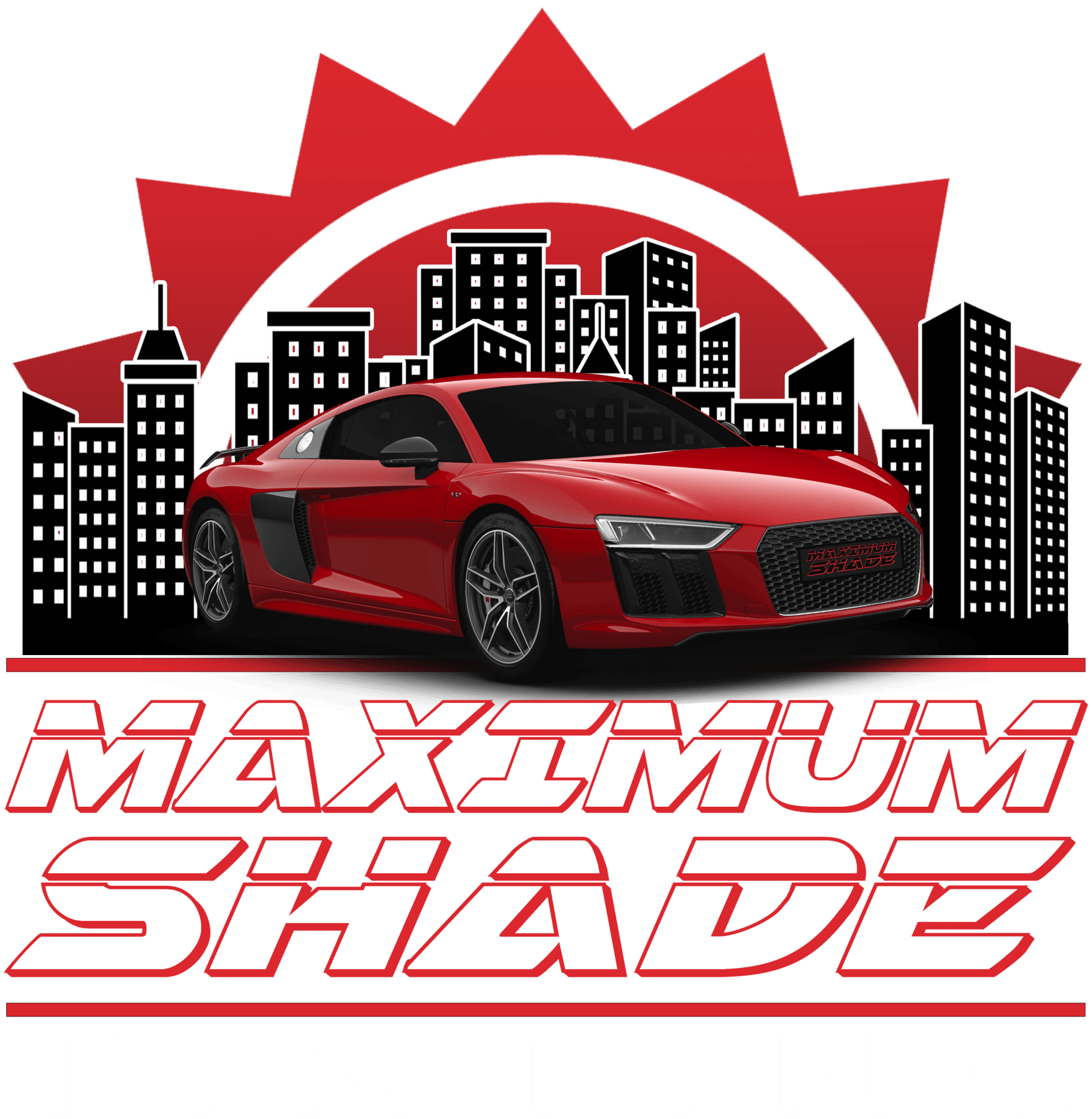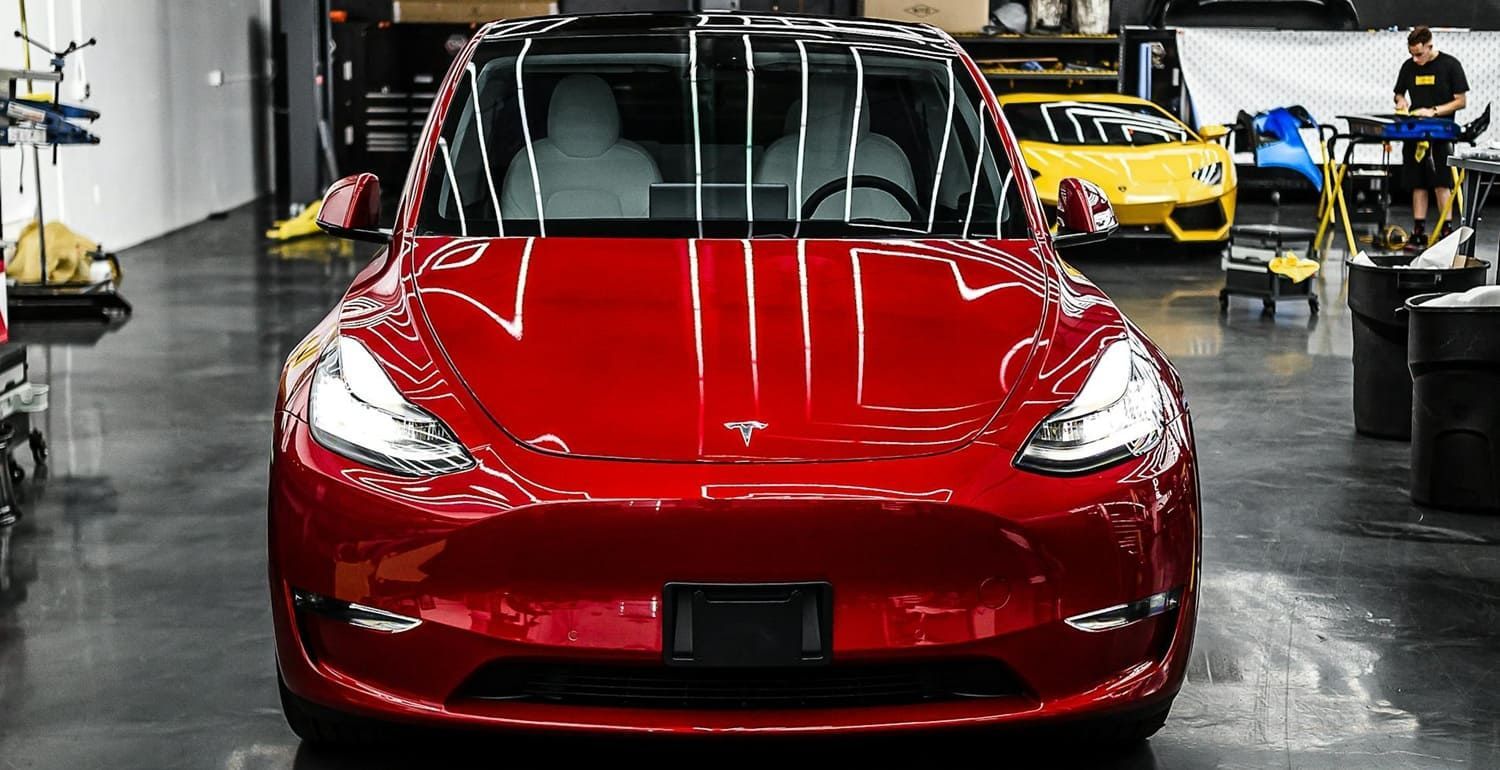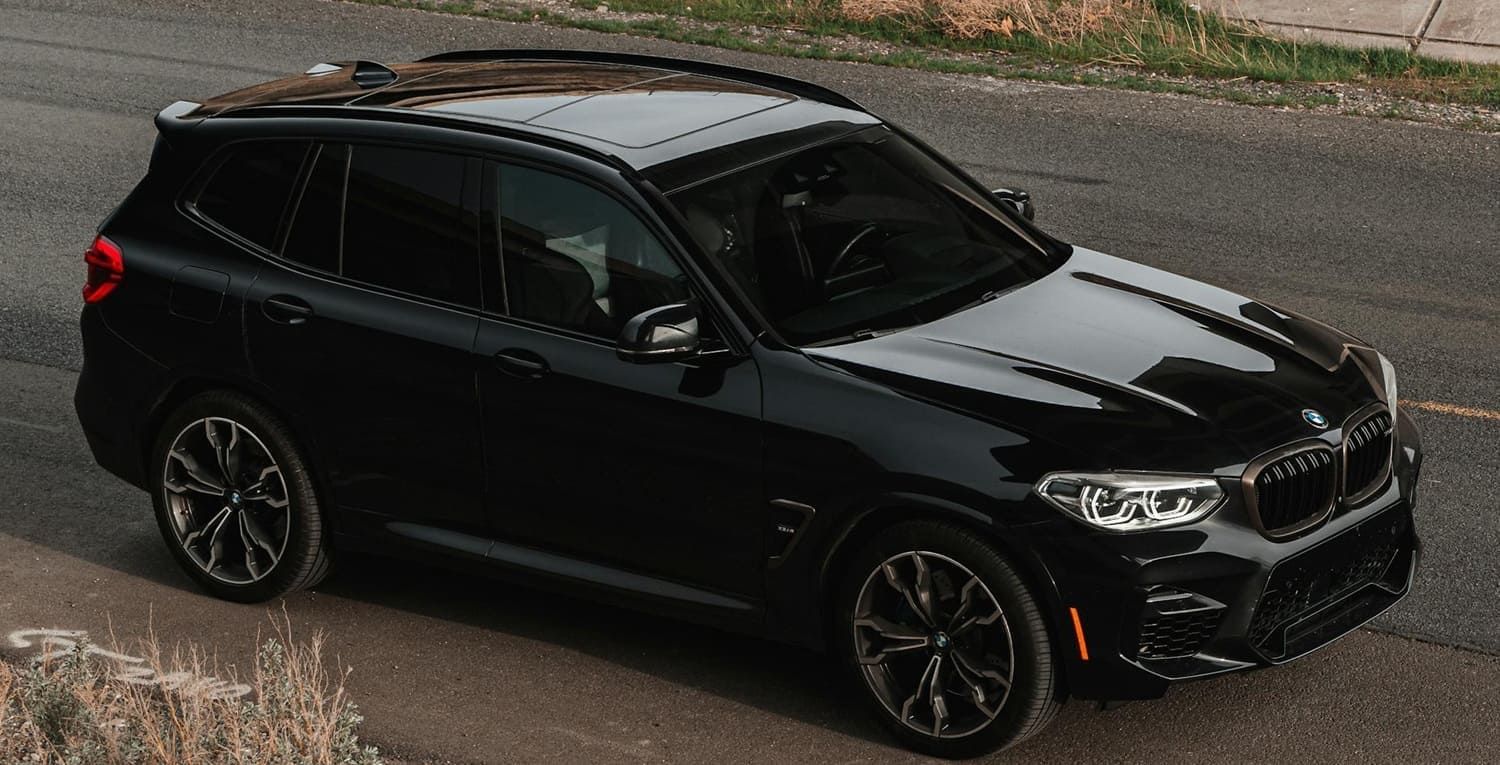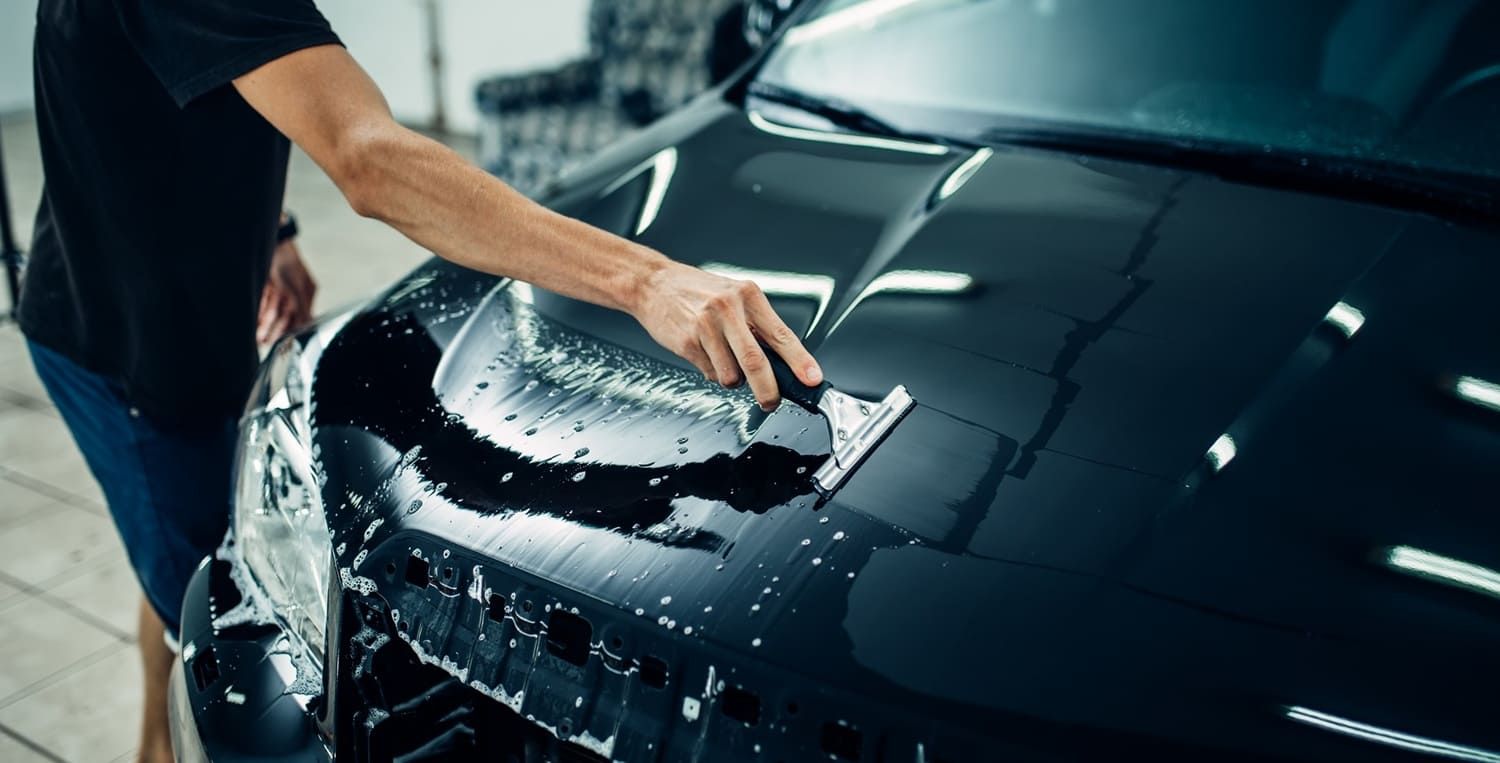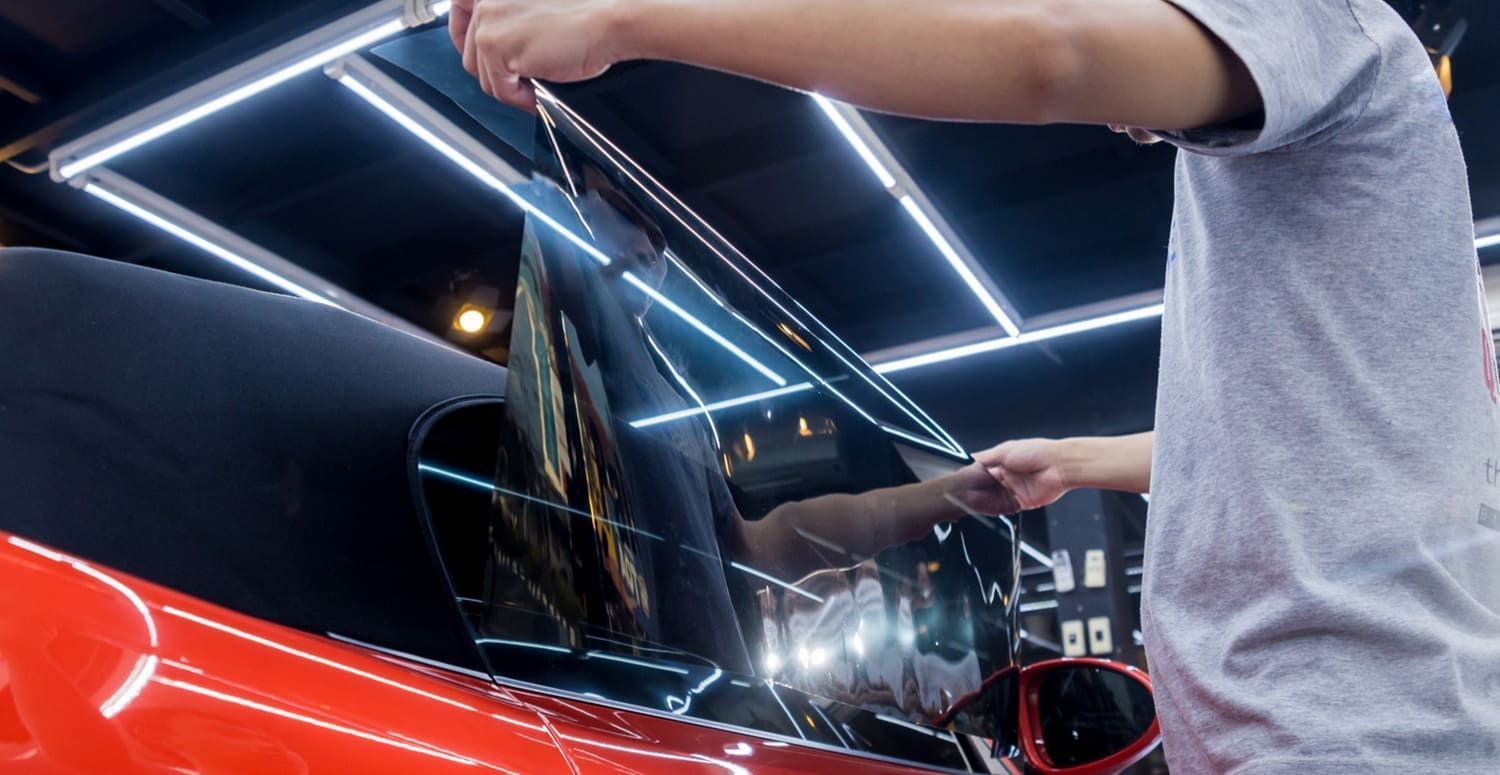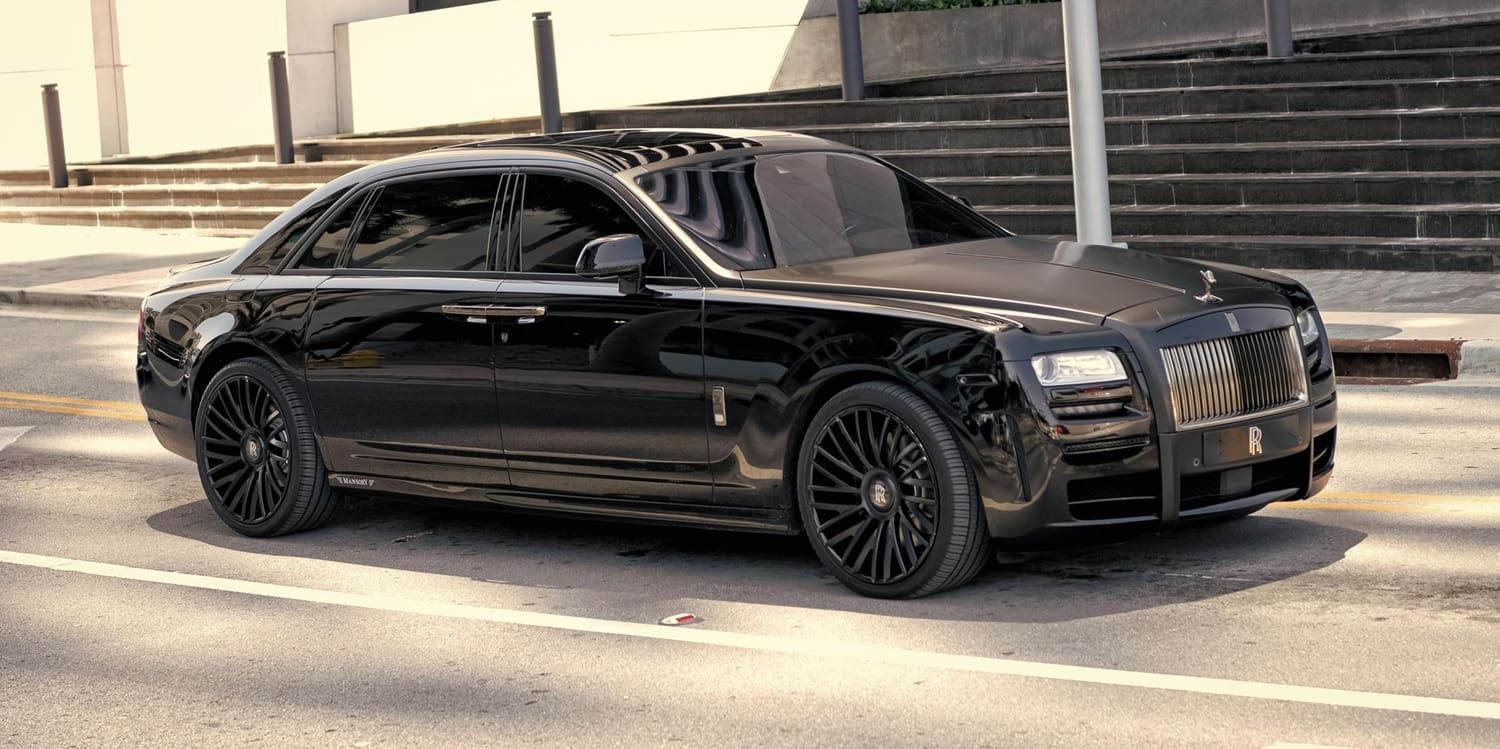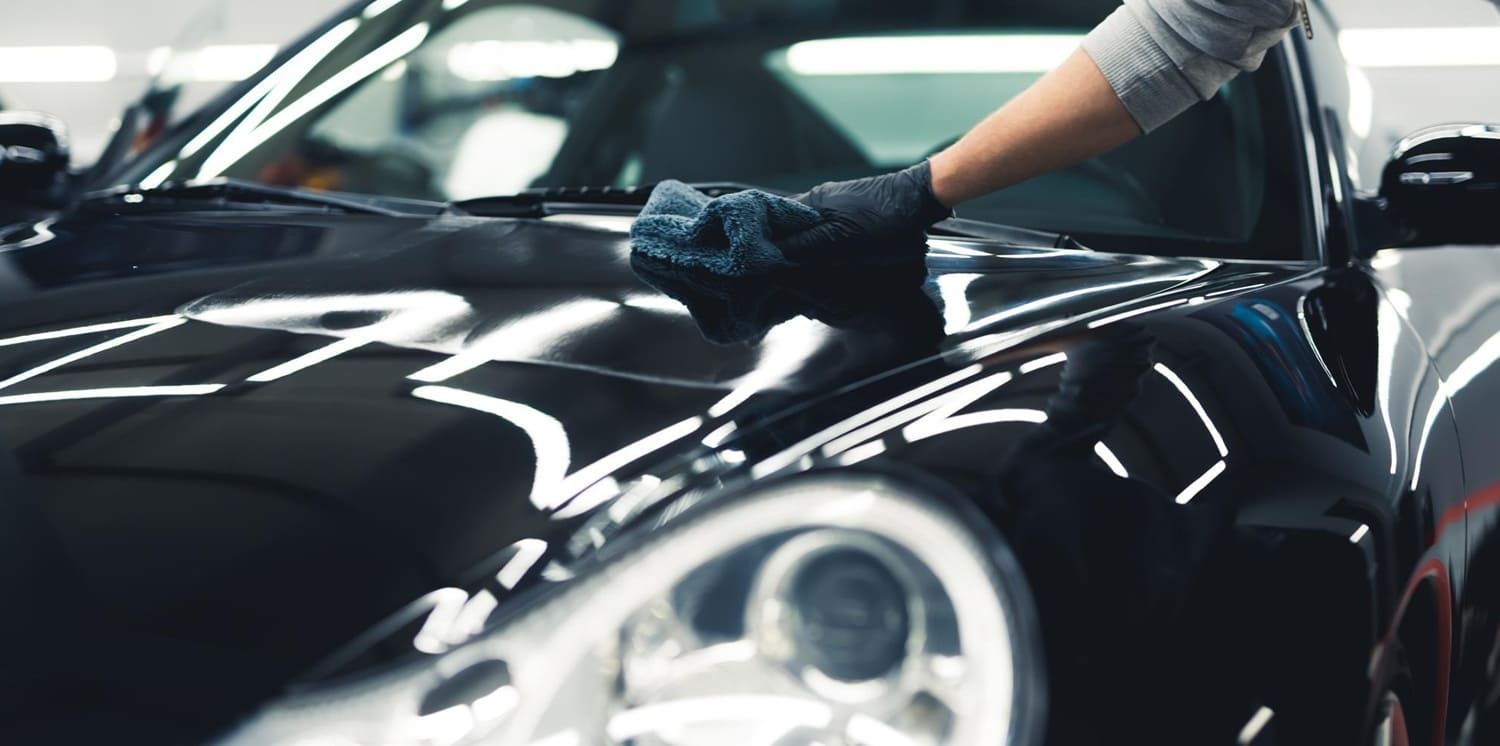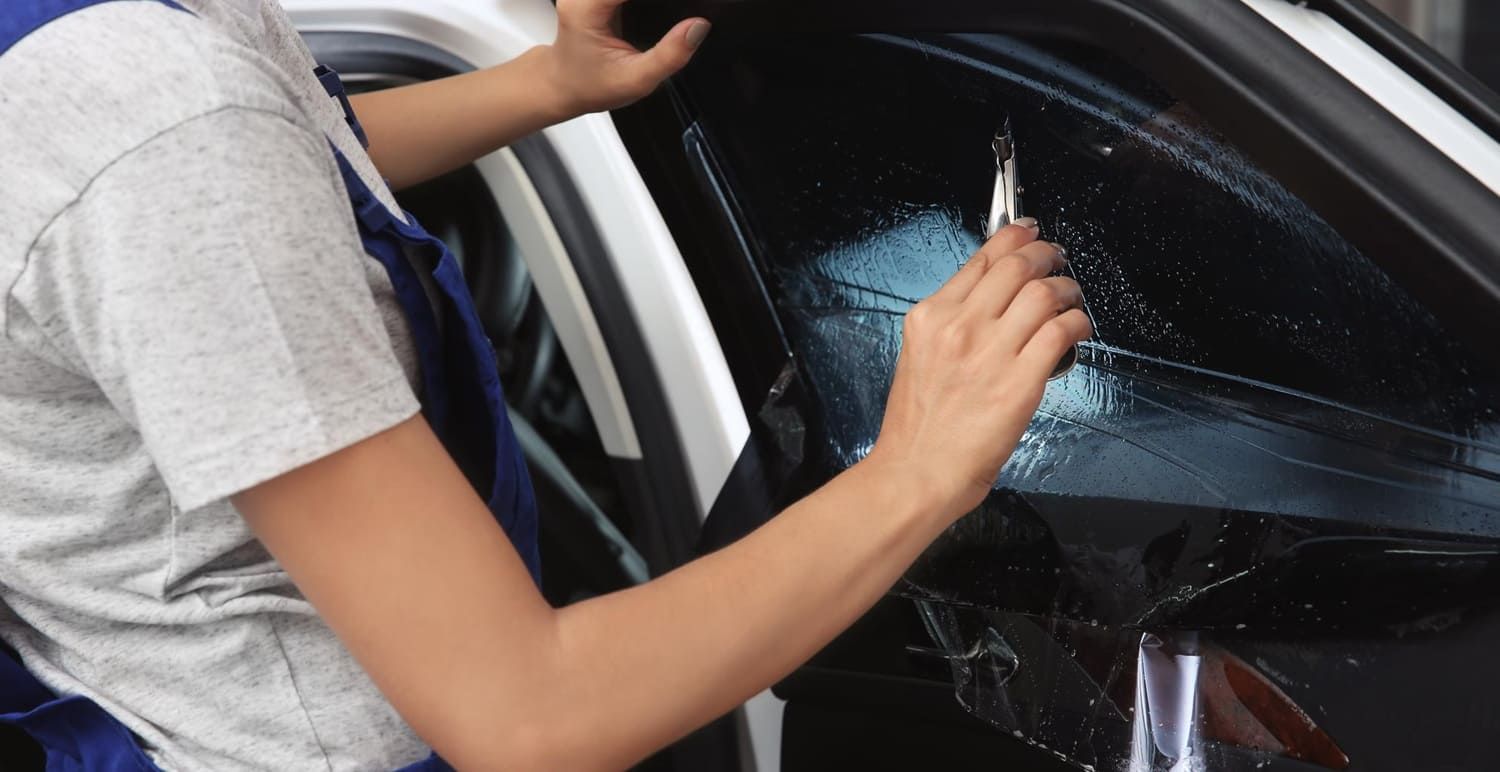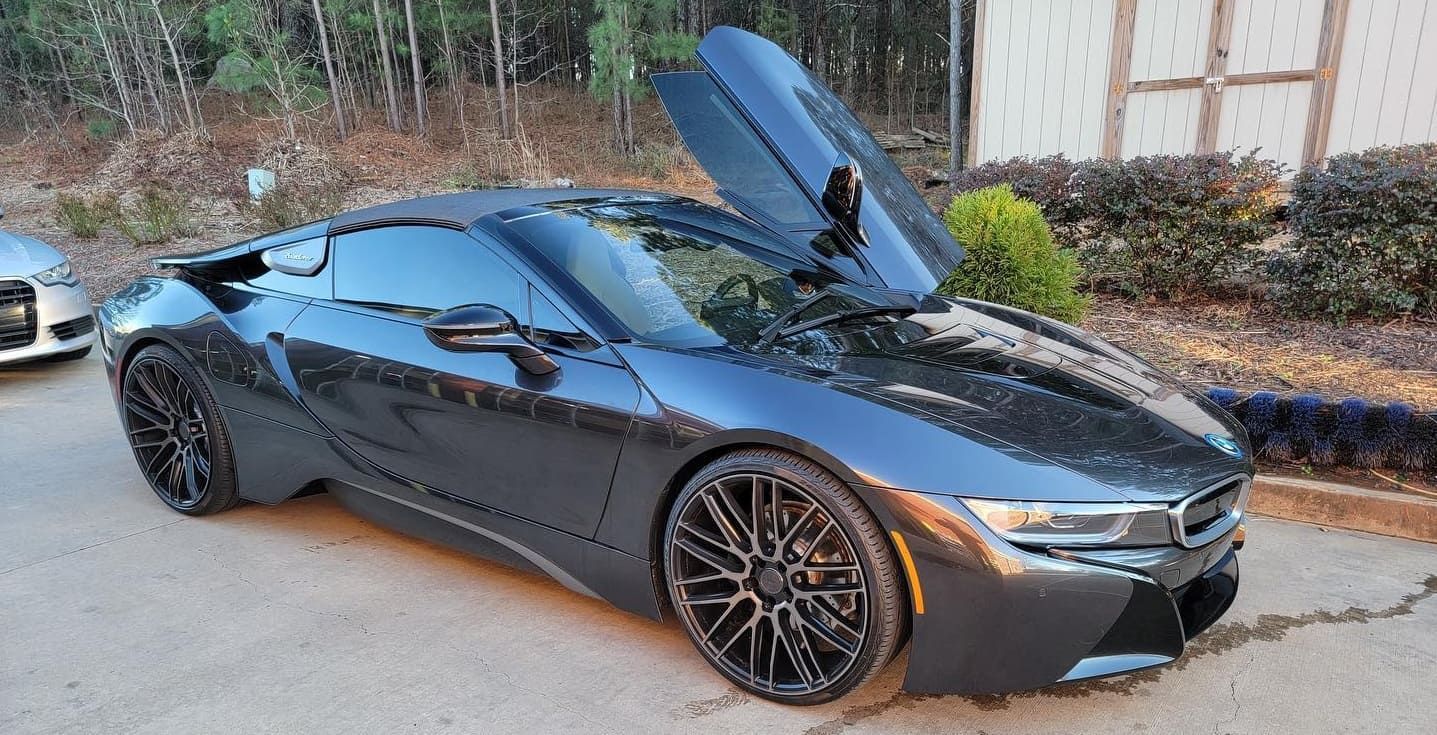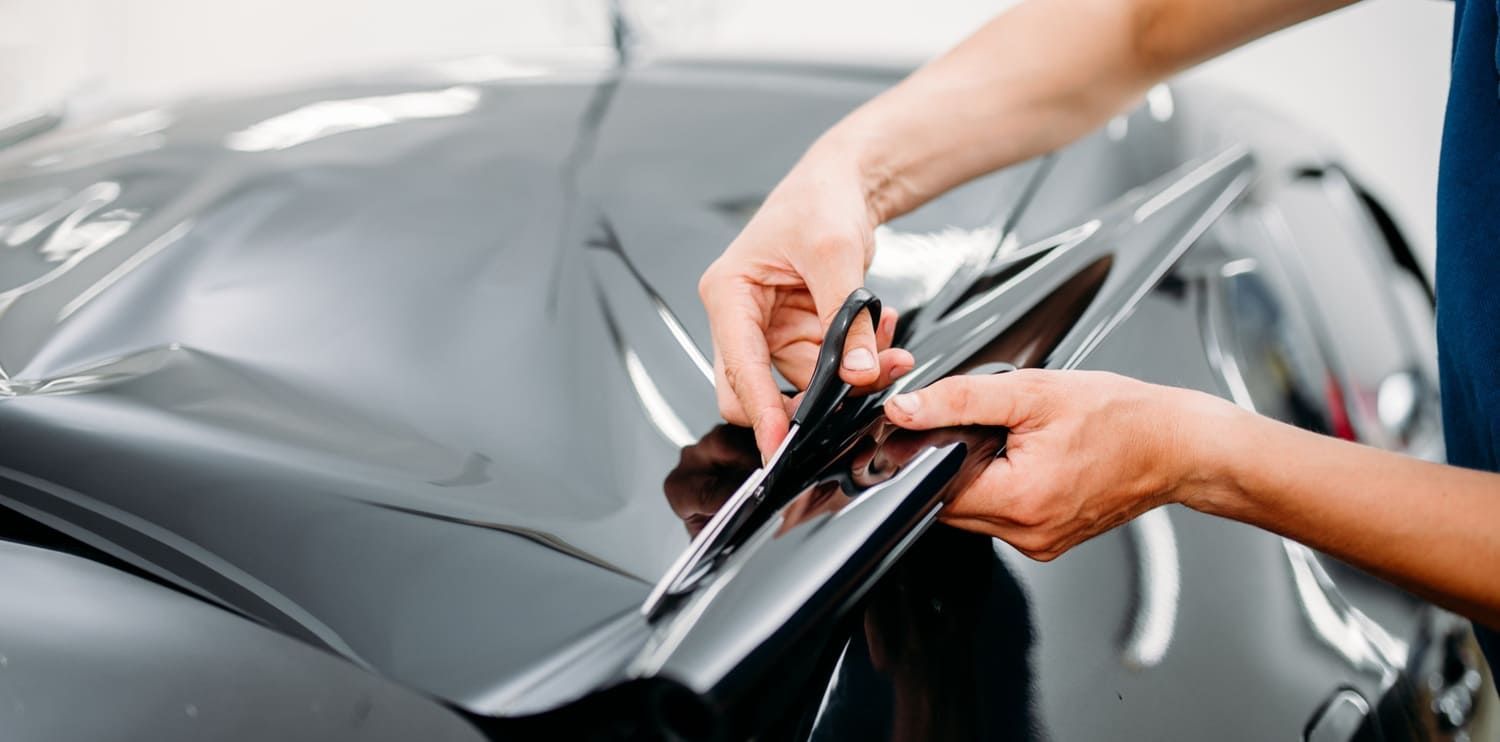How PPF Shields Your Car from Winter Road Salt and Debris
Winter can be harsh on your car, with road salt and debris posing significant threats to your vehicle’s paintwork. These elements can lead to corrosion, scratches, and a dull finish. Fortunately, Paint Protection Film (PPF) offers a robust solution to shield your car from these seasonal adversities. This article delves into how PPF can protect your car from winter road salt and debris, ensuring it remains in pristine condition.
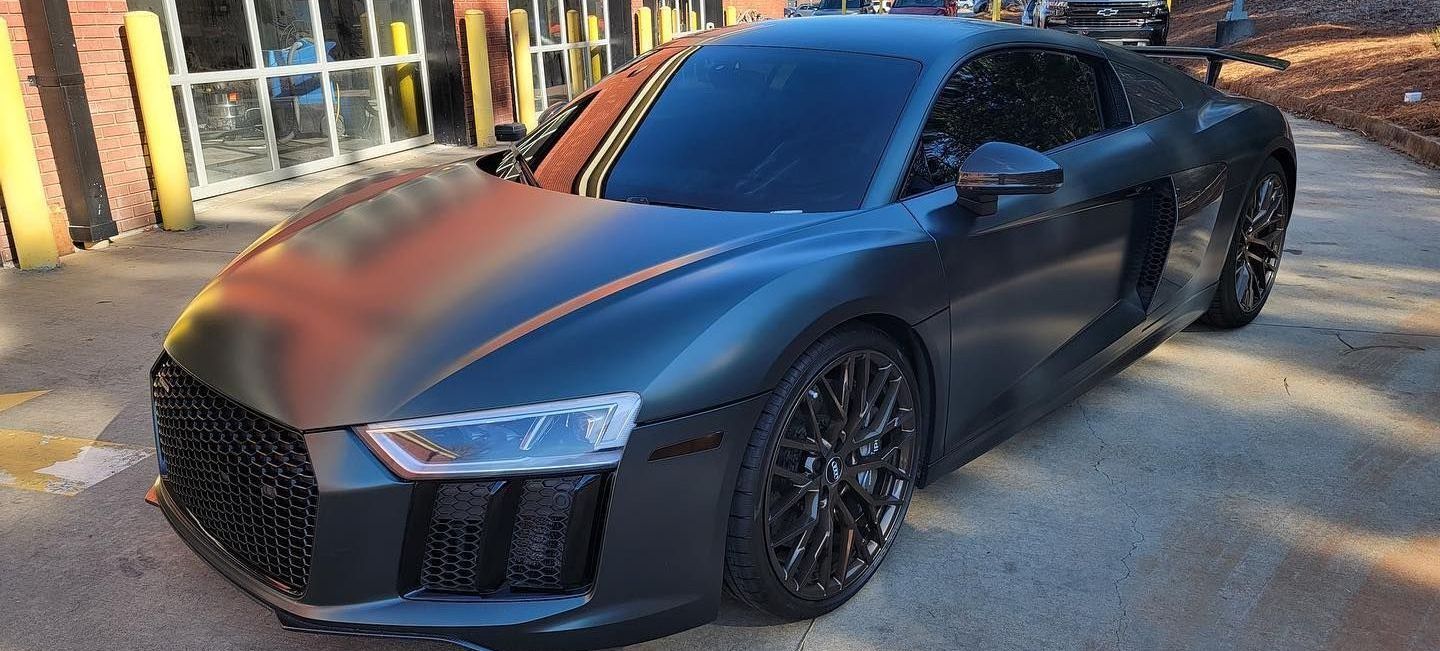
Understanding Paint Protection Film (PPF)
Paint Protection Film is a clear, thin layer of thermoplastic urethane applied to the exterior surfaces of a car. Originally developed for military purposes, PPF is now widely used in the automotive industry due to its exceptional protective qualities. It acts as a barrier between your vehicle's paint and external elements, safeguarding against chips, scratches, and environmental damage.
The Composition of PPF
PPF is composed of multiple layers, each serving a specific function. The top layer is a clear coat that provides a glossy finish and self-healing properties, allowing minor scratches to disappear over time. Beneath this is a polyurethane layer that absorbs impacts from small debris. The bottom layer is an adhesive that ensures the film sticks securely to the car's surface without damaging the paint.
The Threats of Winter Road Salt and Debris
How Road Salt Affects Your Car
Road salt is commonly used to melt ice on roads during winter. While it's effective for safety, it can be detrimental to your car. Salt accelerates the oxidation process, leading to rust and corrosion, particularly on the car's undercarriage, wheel wells, and body panels. Once rust sets in, it can spread quickly and cause severe damage, reducing your car's lifespan.
The Impact of Debris
Winter roads are littered with debris such as small rocks, sand, and gravel, which can be kicked up by other vehicles. These particles can chip away at your car's paint, leaving it vulnerable to further damage and corrosion. Even minor chips can lead to bigger problems if left untreated, as moisture can seep into the paint layers, exacerbating rust.
How PPF Protects Your Car
Shielding Against Road Salt
PPF acts as a protective shield, preventing road salt from coming into direct contact with your car's paint. By covering vulnerable areas with PPF, you create a barrier that salt cannot penetrate. This significantly reduces the risk of rust and corrosion, keeping your car looking new for longer.
Deflecting Debris
The durable polyurethane layer of PPF is designed to absorb impacts from debris, preventing chips and scratches. Whether it's small stones or sand, the film takes the brunt of the impact, preserving the integrity of your car's paint. This protection is particularly beneficial for high-impact areas like the front bumper, hood, and side mirrors.
The Process of PPF Installation
Installing PPF requires precision and expertise to ensure a seamless finish. Here’s what the process typically involves:
Preparing the Surface
Before applying PPF, the car's surface must be thoroughly cleaned to remove any dirt, wax, or contaminants. This ensures that the film adheres properly and remains secure over time.
Application
PPF is carefully applied using a wet application method. This allows the installer to adjust the film before it bonds to the surface. The film is stretched and smoothed out to eliminate bubbles and wrinkles, ensuring a perfect fit.
Curing
Once applied, the film needs time to cure. This process can take a few days, during which the adhesive fully bonds to the car's paint. During this period, it's important to avoid washing the car or exposing it to excessive moisture.
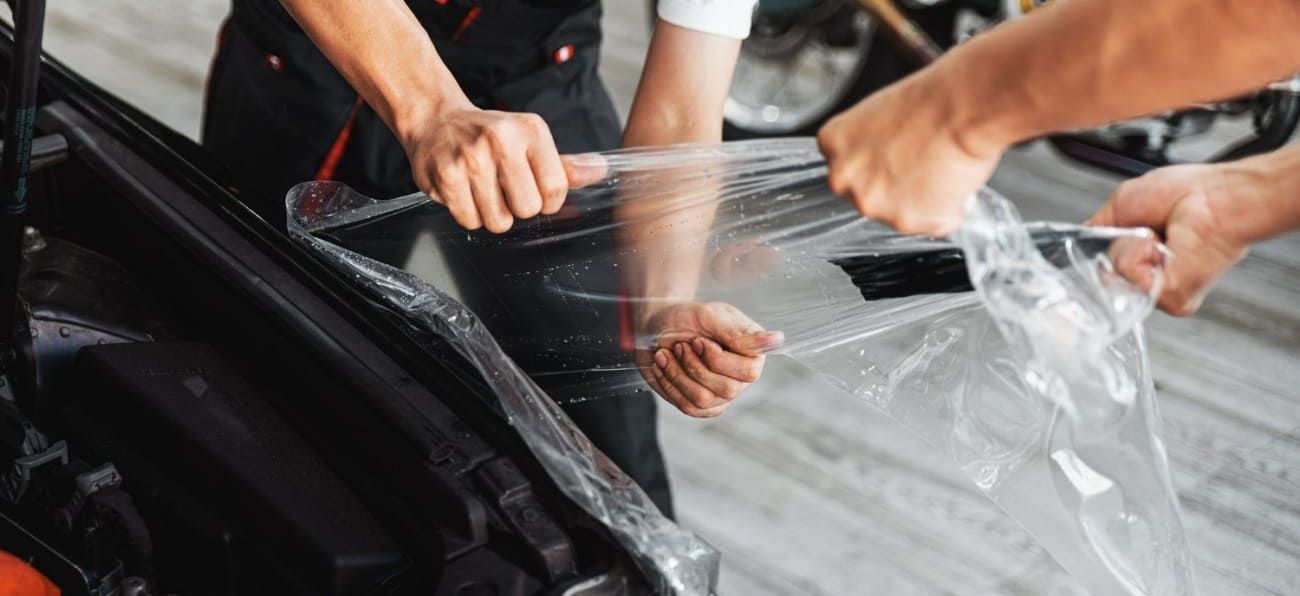
Benefits of Using PPF for Winter Protection
Longevity and Durability
PPF is highly durable and can last for several years, providing long-term protection against winter elements. Its self-healing properties mean that minor scratches vanish, keeping the film clear and effective.
Maintains Aesthetic Appeal
One of the biggest advantages of PPF is that it’s virtually invisible. It maintains the original look of your car while providing superior protection. The glossy finish enhances your car's appearance, making it look well-maintained and polished.
Cost-Effectiveness
While the initial cost of PPF installation might seem high, it can save you money in the long run by reducing the need for paint repairs and touch-ups. Protecting your car's paintwork from the outset prevents costly damage that can decrease the vehicle's resale value.
Choosing the Right PPF
When selecting PPF, consider factors such as thickness, clarity, and warranty. Thicker films offer better protection but might be more noticeable, while clearer films maintain the vehicle's aesthetics. A good warranty can provide peace of mind, ensuring you're covered for any defects or issues with the film.
Conclusion
Paint Protection Film is an invaluable investment for any car owner facing harsh winter conditions. By protecting your vehicle from road salt and debris, PPF not only preserves the car's appearance but also extends its lifespan. Whether you drive a new or older model, PPF provides an effective shield against winter's worst, keeping your car looking its best all year round. Consider consulting with a professional installer to ensure optimal results and enjoy the peace of mind that comes with knowing your car is well-protected.
At Maximum Shade Tinting, serving Buford, Atlanta, Braselton, Suwanee, Cumming, Dacula, Lawrenceville, Sugar Hill, Johns Creek, Auburn, Gwinnett County, and Hall County surrounding areas, we specialize in high-quality Paint Protection Film installation. Contact us today for a free estimate and give your car the protection it deserves this winter!
